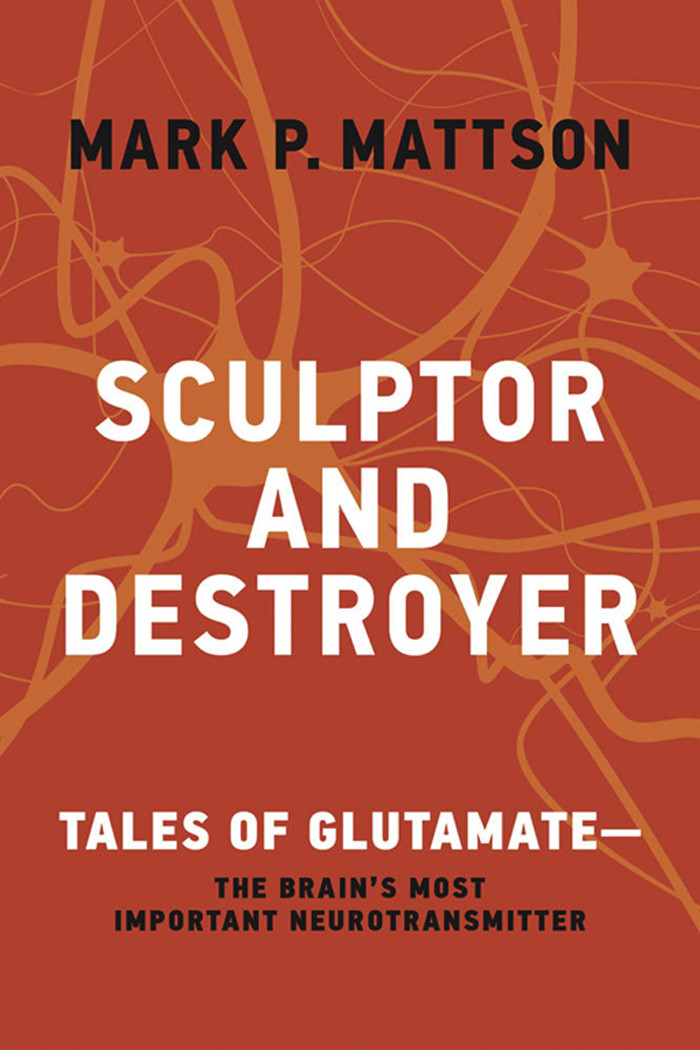

Most ebook files are in PDF format, so you can easily read them using various software such as Foxit Reader or directly on the Google Chrome browser.
Some ebook files are released by publishers in other formats such as .awz, .mobi, .epub, .fb2, etc. You may need to install specific software to read these formats on mobile/PC, such as Calibre.
Please read the tutorial at this link: https://ebookbell.com/faq
We offer FREE conversion to the popular formats you request; however, this may take some time. Therefore, right after payment, please email us, and we will try to provide the service as quickly as possible.
For some exceptional file formats or broken links (if any), please refrain from opening any disputes. Instead, email us first, and we will try to assist within a maximum of 6 hours.
EbookBell Team

0.0
0 reviewsSculptor and Destroyer tells the story of a simple, little-known molecule that became a master architect and commander of the human brain: glutamate. Upward of 90 percent of the neurons in the human brain deploy glutamate as their neurotransmitter. Other neurotransmitters can only exert their effects on brain function by subtly modifying the ongoing activity of glutamatergic neurons, but during brain development glutamate controls the growth of dendrites and the formation of synapses. In this eye-opening book, Mark Mattson explains how the neurotransmitter glutamate controls the structure and function of neuronal networks in the brain, thereby mediating the brain’s capabilities, including learning and memory, creativity, and imagination.
Mattson also delves deeply into the dark side of glutamate, which he calls the “destroyer” side. He shows how relatively subtle aberrancies in the activity of neurons that deploy glutamate may result in behavioral disorders ranging from autism and schizophrenia to chronic anxiety and depression. More dramatically, he describes how glutamate can excite neurons to death, a process that occurs in epilepsy and stroke and, perhaps even more insidiously, in Alzheimer’s disease, Parkinson’s disease, ALS, and Huntington’s disease. Sculptor and Destroyer concludes with a perspective on how knowledge of glutamate’s roles in neuroplasticity might be applied to the optimization of brain health throughout our lives.
Written inengaging, approachable prose, Sculptor and Destroyer will be of interest to anyone in the fields of neuroscience, neurology, psychiatry, and psychology, as well as to anyone with a curiosity about the human brain.